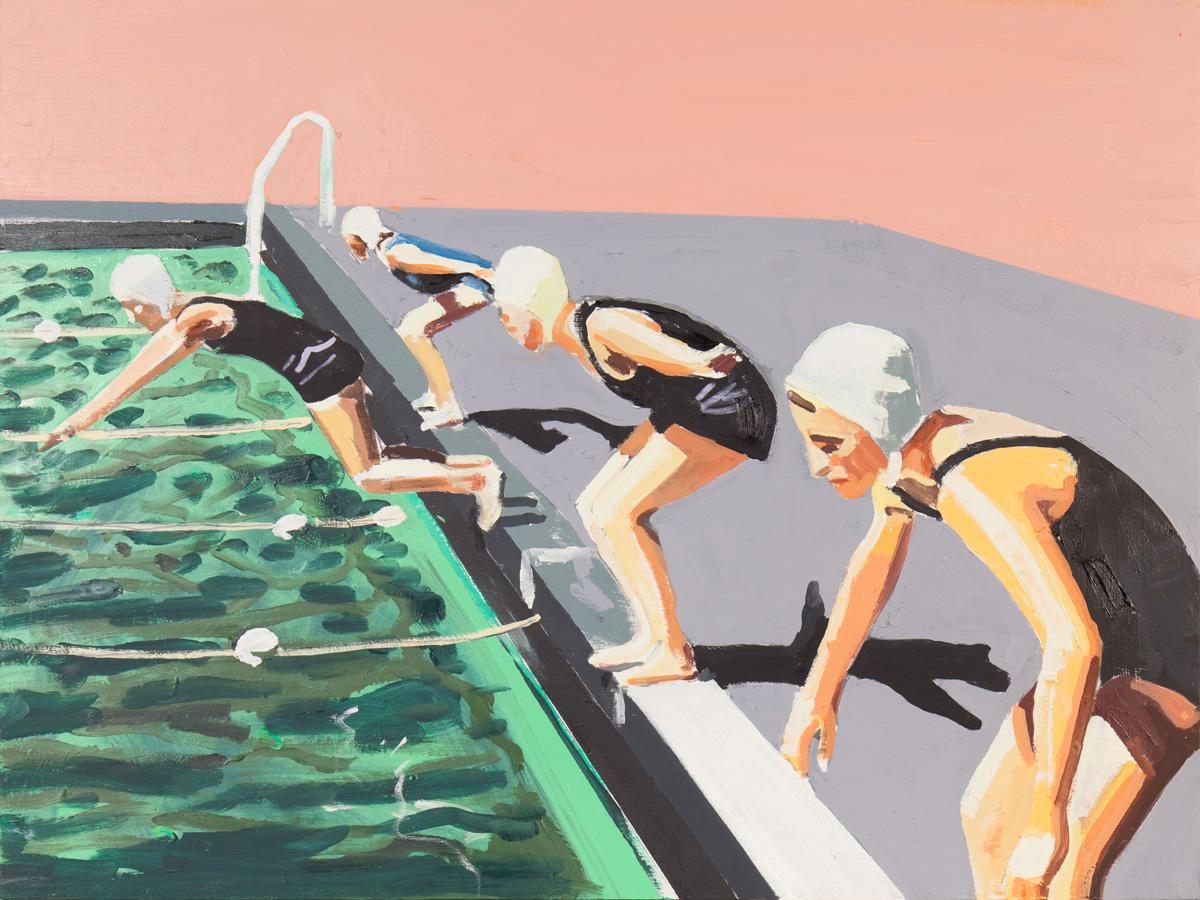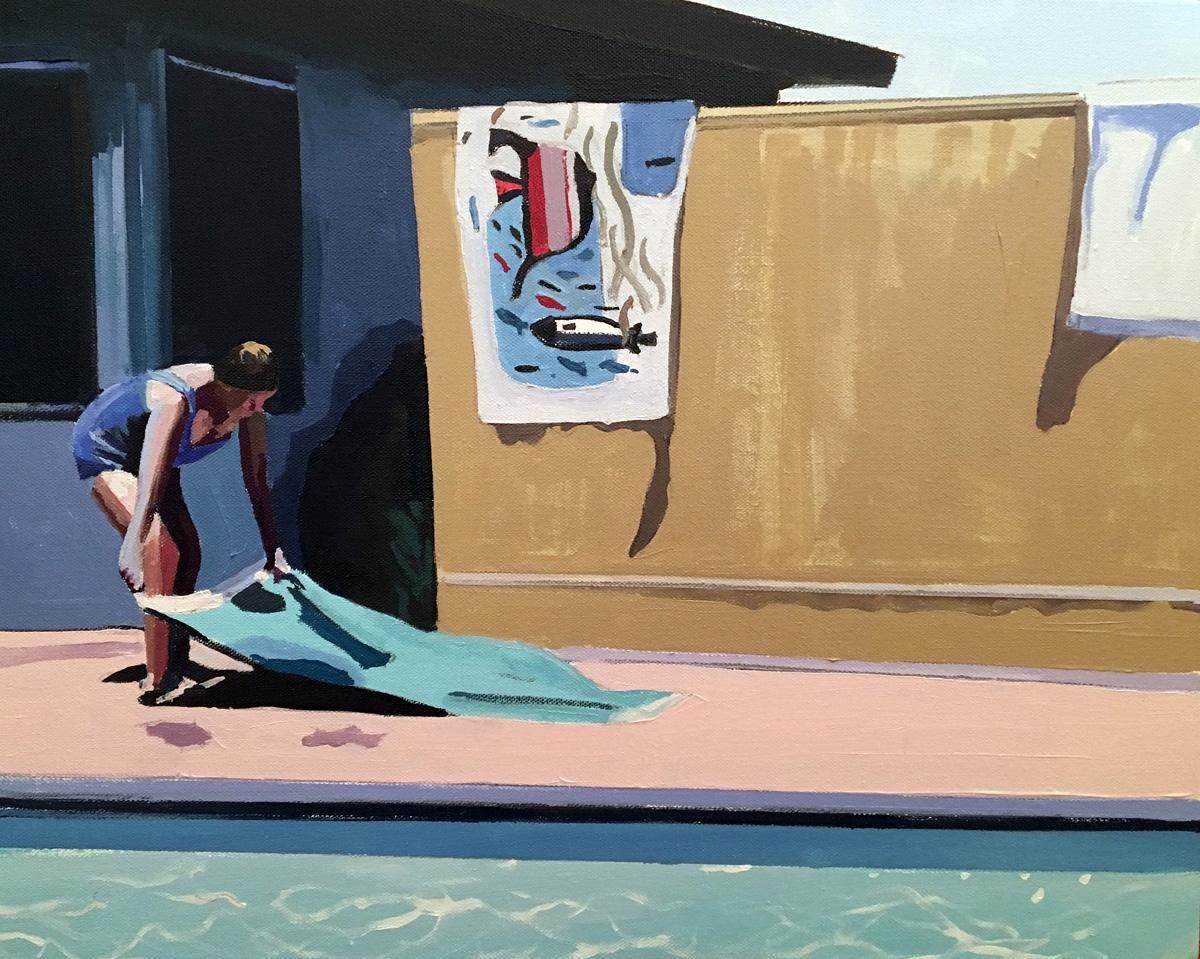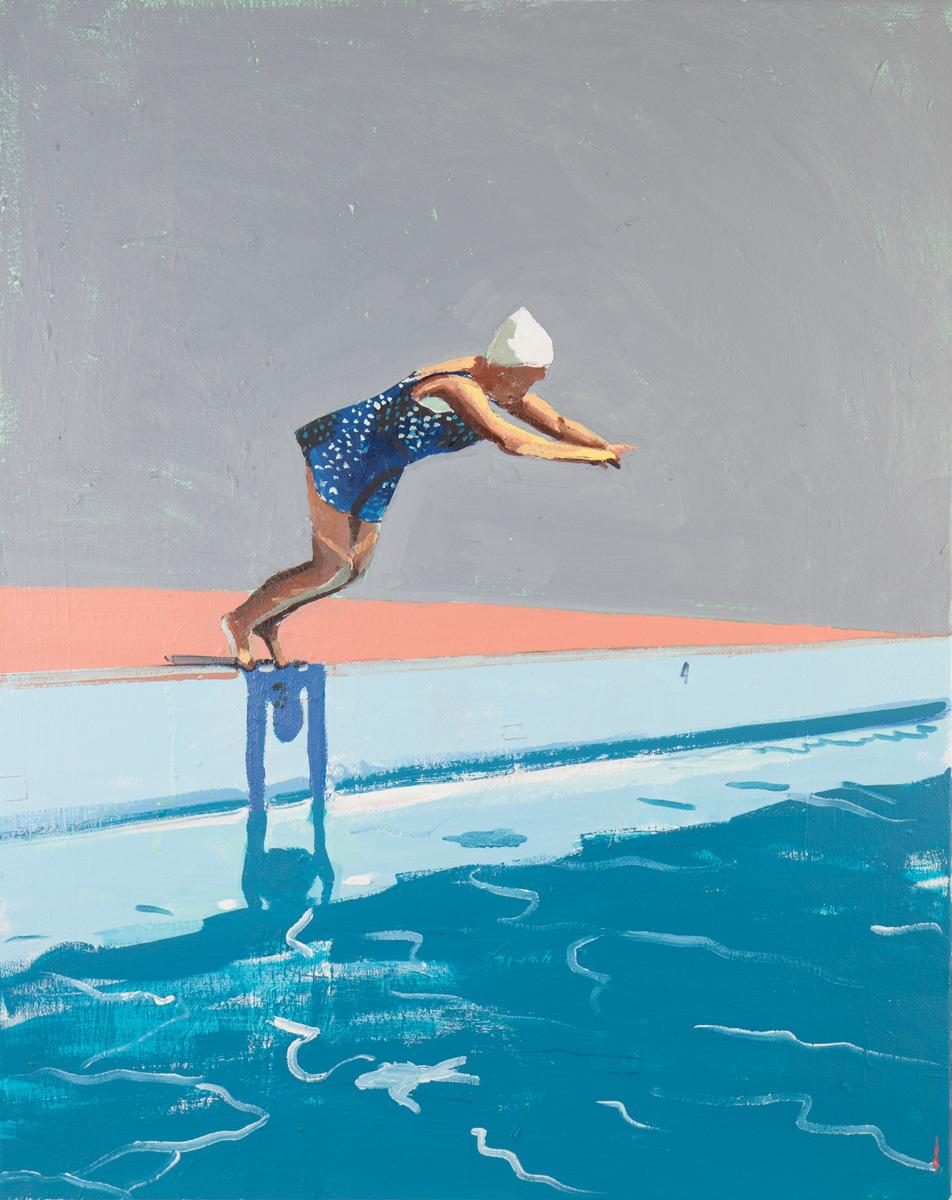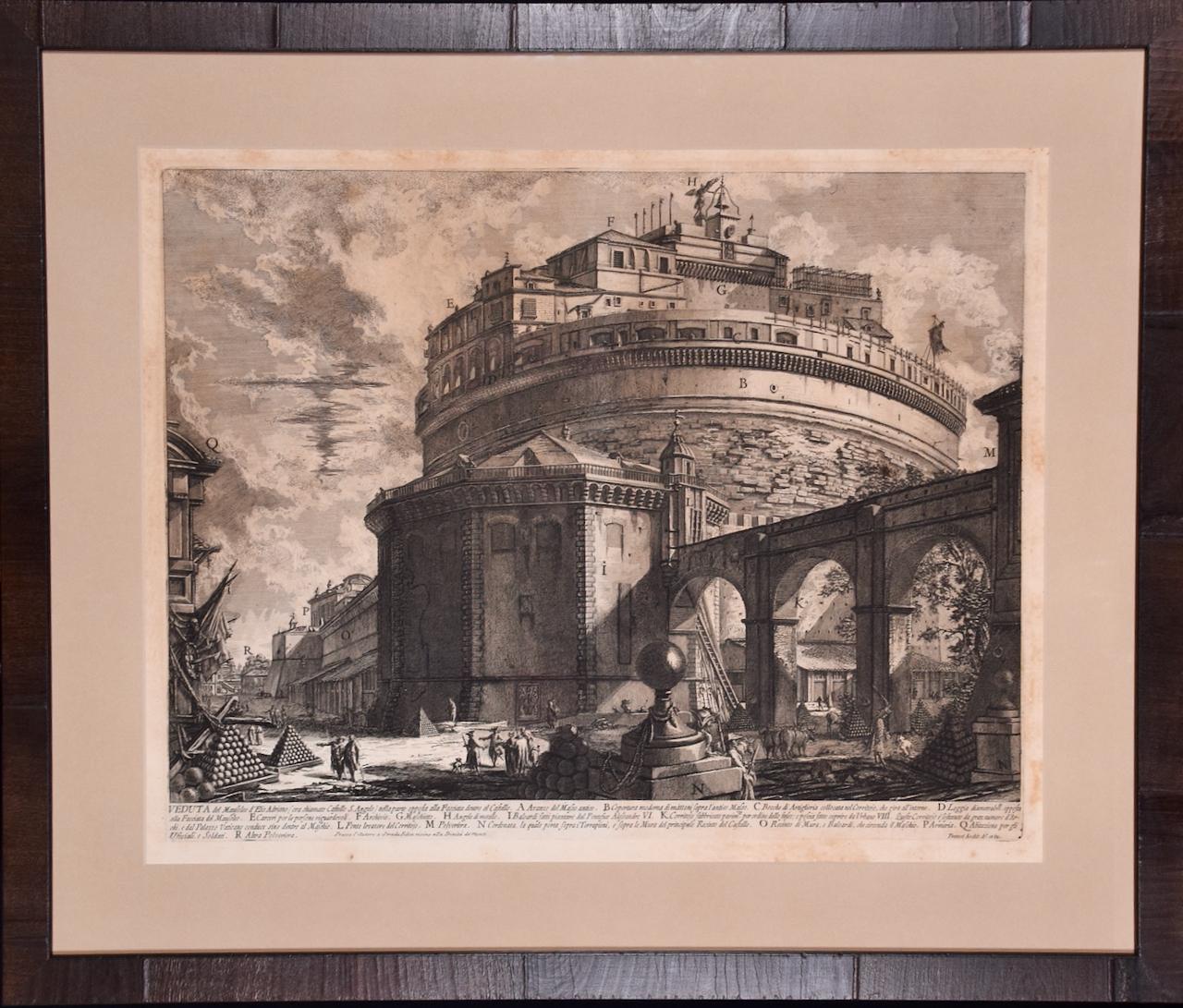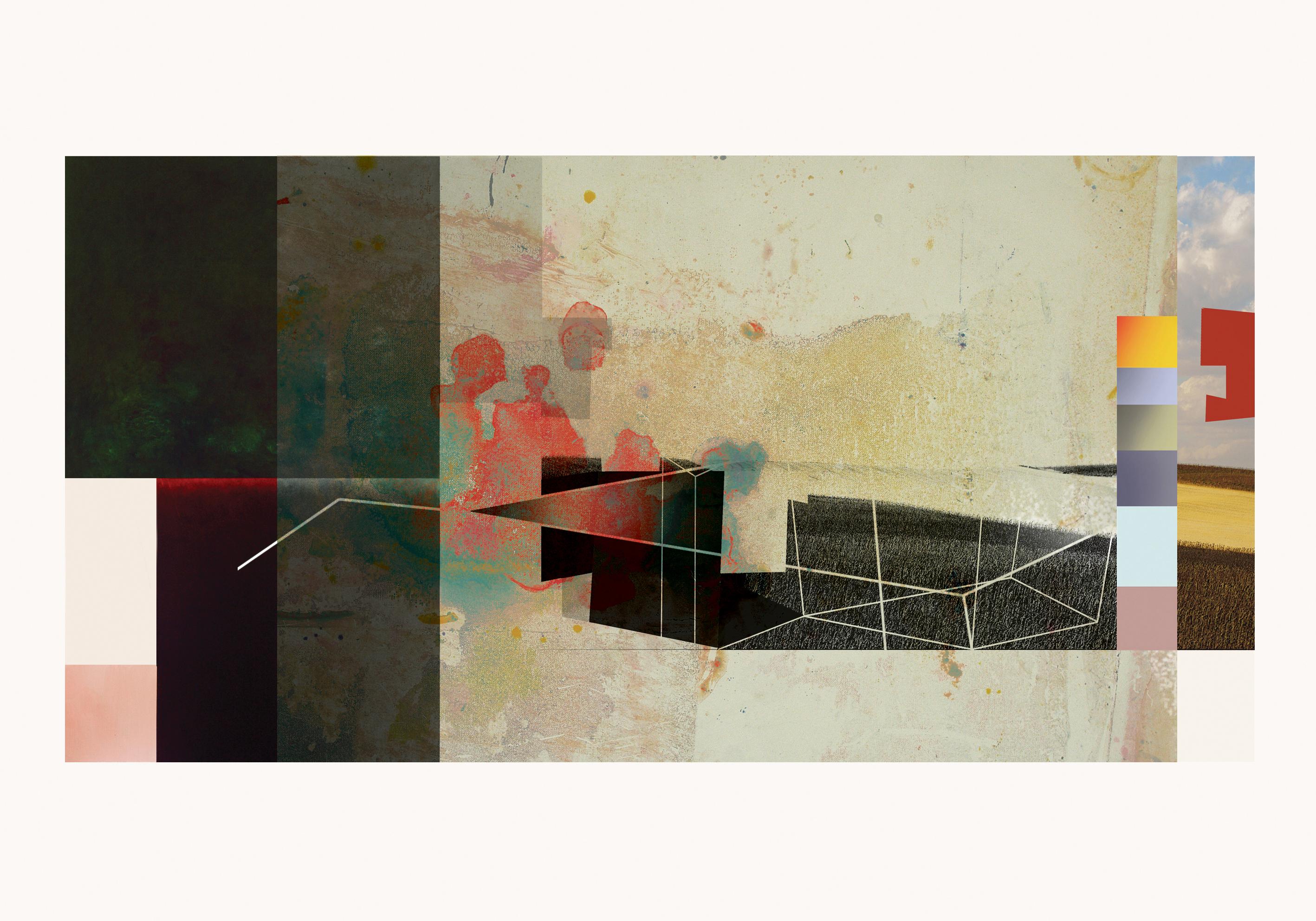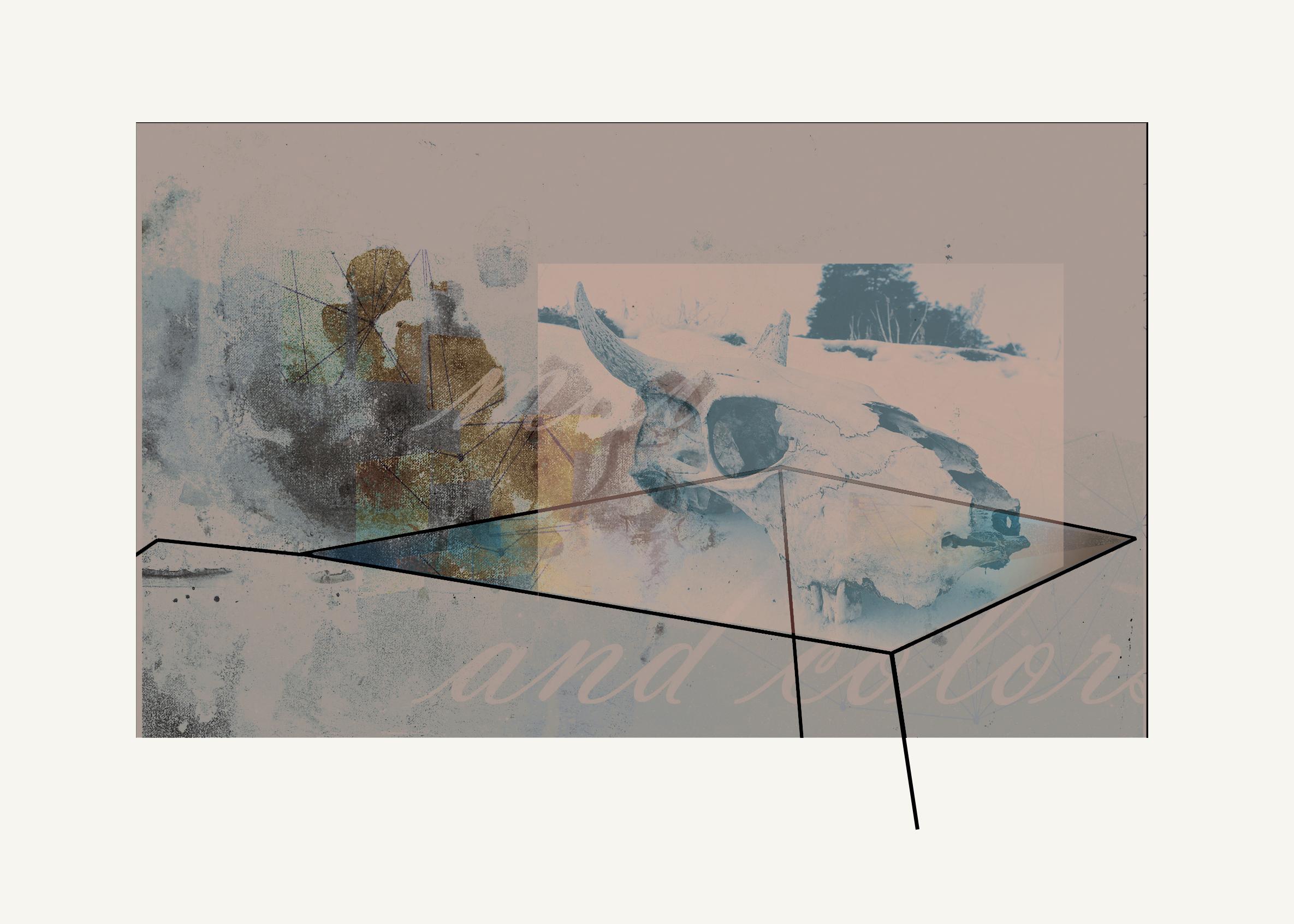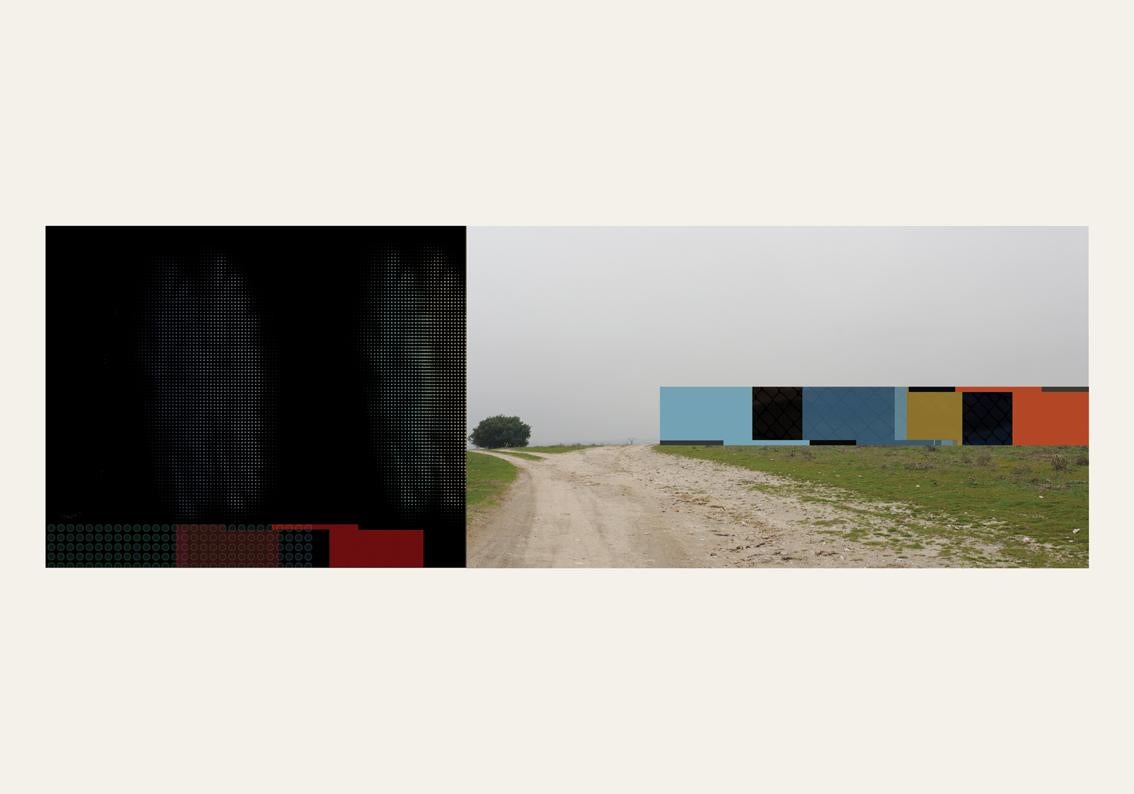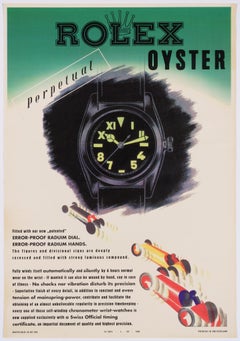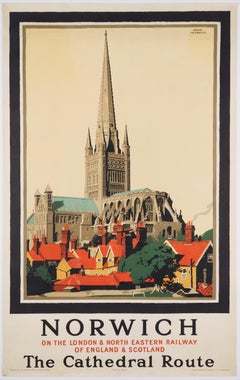
Scarsdale
View Similar Items
Want more images or videos?
Request additional images or videos from the seller
1 of 5
Ephraim WuenschScarsdale2013
2013
About the Item
- Creator:Ephraim Wuensch (1968, American)
- Creation Year:2013
- Dimensions:Height: 21.6 in (54.87 cm)Width: 28.8 in (73.16 cm)
- Condition:excellent.
- Gallery Location:Surfside, FL
- Reference Number:1stDibs: G14031238256
About the Seller
4.9
Platinum Seller
These expertly vetted sellers are 1stDibs' most experienced sellers and are rated highest by our customers.
Established in 1995
1stDibs seller since 2014
1,543 sales on 1stDibs
Typical response time: 1 hour
More From This SellerView All
- Israeli Folk Art Hebrew Naive Judaica Lithograph Jewish Holiday ShavuotBy Shalom MoskovitzLocated in Surfside, FLVintage pencil signed and numbered limited edition lithograph on deckle edged Arches paper. Shalom of Sefad (Shulem der Zeigermacher in Yiddish Shalom Moskowitz) Shalom of Tzfat liv...Category
20th Century Folk Art Figurative Prints
MaterialsLithograph
- 1970 Silencio, Direccion Unica, One Way Spanish Political Etching Pop Art PrintBy Juan GenovesLocated in Surfside, FLJuan Genovés Candel (Spanish, 1930-) Painter, illustrator, and graphic printmaker engraver. He painted 'El abrazo' ('the embrace'), which became an emblematic poster during the Spanish political transition. He was born in Valencia in 1930. The son of Juan Genovés Cubells, an artisan whose family was close to the labor movement. His mother Maria Candel Muñoz came from a family of practicing Catholics. In 1946 Genovés studied at the Escuela de Bellas Artes de San Carlos in Valencia and then settled in Madrid. He set up the 'Los Siete' group together with other artists in 1949, and the following year he travelled to Madrid, where he was influenced by the works by Fra Angélico and Hieronymus Bosch in the Prado Museum. In 1957 he had his first solo exhibitions in the gallery Alfil, Madrid and in the Museo d'Arte Moderna, Havana. He is considered the most important representative of modern Spanish painting. His images, executed in a politically engaged, critical realism...Category
1970s Pop Art Figurative Prints
MaterialsLithograph
- Lower East Side Tenements Yiddish Barber Shop 1920's Aquatint Etching JudaicaBy Max PollakLocated in Surfside, FLHand signed, numbered and titled. It depicts the old lower east side of New York city with its tenements and different language signes, barber shop poles...Category
1920s American Modern Landscape Prints
MaterialsEtching, Aquatint
- Modernist Silkscreen Screenprint 'El Station, Interior' NYC Subway, WPA ArtistBy Anthony VelonisLocated in Surfside, FLscreenprint printed in color ink on wove paper. New York City subway station interior. Anthony Velonis (1911 – 1997) was an American painter and designer born in New York City who helped introduce the public to silkscreen printing in the early 20th century. While employed under the federal Works Progress Administration, WPA during the Great Depression, Velonis brought the use of silkscreen printing as a fine art form, referred to as the "serigraph," into the mainstream. By his own request, he was not publicly credited for coining the term. He experimented and mastered techniques to print on a wide variety of materials, such as glass, plastics, and metal, thereby expanding the field. In the mid to late 20th century, the silkscreen technique became popular among other artists such as Robert Rauschenberg and Andy Warhol. Velonis was born into a relatively poor background of a Greek immigrant family and grew up in the tenements of New York City. Early on, he took creative inspiration from figures in his life such as his grandfather, an immigrant from the mountains in Greece, who was "an ecclesiastical painter, on Byzantine style." Velonis attended James Monroe High School in The Bronx, where he took on minor artistic roles such as the illustration of his high school yearbook. He eventually received a scholarship to the NYU College of Fine Arts, into which he was both surprised and ecstatic to have been admitted. Around this time he took to painting, watercolor, and sculpture, as well as various other art forms, hoping to find a niche that fit. He attended NYU until 1929, when the Great Depression started in the United States after the stock market crash. Around the year 1932, Velonis became interested in silk screen, together with fellow artist Fritz Brosius, and decided to investigate the practice. Working in his brother's sign shop, Velonis was able to master the silkscreen process. He reminisced in an interview three decades later that doing so was "plenty of fun," and that a lot of technology can be discovered through hard work, more so if it is worked on "little by little." Velonis was hired by Mayor LaGuardia in 1934 to promote the work of New York's city government via posters publicizing city projects. One such project required him to go on a commercial fishing trip to locations including New Bedford and Nantucket for a fortnight, where he primarily took photographs and notes, and made sketches. Afterward, for a period of roughly six months, he was occupied with creating paintings from these records. During this trip, Velonis developed true respect and affinity for the fishermen with whom he traveled, "the relatively uneducated person," in his words. Following this, Velonis began work with the Public Works of Art Project (PWAP), an offshoot of the Civil Works Administration (CWA), where he was assigned to serve the different city departments of New York. After the formation of the federal Works Progress Administration, which hired artists and sponsored projects in the arts, he also worked in theater. Velonis began working for the federal WPA in 1935. He kept this position until 1936 or 1938, at which point he began working in the graphic art division of the Federal Art Project, which he ultimately led. Under various elements of the WPA program, many young artists, writers and actors gained employment that helped them survive during the Depression, as well as contributing works that created an artistic legacy for the country. When interviewed in December 1994 by the Library of Congress about his time in the WPA, Velonis reflected that he had greatly enjoyed that period, saying that he liked the "excitement" and "meeting all the other artists with different points of view." He also said in a later interview that "the contact and the dialogue with all those artists and the work that took place was just invaluable." Among the young artists he hired was Edmond Casarella, who later developed an innovative technique using layered cardboard for woodcuts. Velonis introduced silkscreen printing to the Poster Division of the WPA. As he recalled in a 1965 interview: "I suggested that the Poster division would be a lot more productive and useful if they had an auxiliary screen printing project that worked along with them. And apparently this was very favorably received..." As a member of the Federal Art Project, a subdivision of the WPA, Velonis later approached the Public Use of Arts Committee (PUAC) for help in "propagandizing for art in the parks, in the subways, et cetera." Since the Federal Art Project could not be "self-promoting," an outside organization was required to advertise their art more extensively. During his employment with the Federal Art Project, Velonis created nine silkscreen posters for the federal government. Around 1937-1939 Velonis wrote a pamphlet titled "Technical Problems of the Artist: Technique of the Silkscreen Process," which was distributed to art centers run by the WPA around the country. It was considered very influential in encouraging artists to try this relatively inexpensive technique and stimulated printmaking across the country. In 1939, Velonis founded the Creative Printmakers Group, along with three others, including Hyman Warsager. They printed both their own works and those of other artists in their facility. This was considered the most important silkscreen shop of the period. The next year, Velonis founded the National Serigraph Society. It started out with relatively small commercial projects, such as "rather fancy" Christmas cards that were sold to many of the upscale Fifth Avenue shops...Category
1980s American Modern Figurative Prints
MaterialsScreen
- Budapest Hungary Jewish Memorial Etching Destroyed Synagogue Folk Art JudaicaBy Dora SzampanierLocated in Surfside, FLÓbuda was a city in Hungary that was merged with Buda and Pest on 17 November 1873; it now forms part of District III-Obuda-Békásmegyer of Budapest. The name means Old Buda in Hungar...Category
20th Century Folk Art Landscape Prints
MaterialsEtching
- Bucharest Romania Jewish Memorial Etching Destroyed Synagogue Folk Art JudaicaBy Dora SzampanierLocated in Surfside, FLEtching of Synagogue, Jewish temple. From very rare small edition. Most are signed in Hebrew and /or English. some are marked AP some are numbered. please see photos. Dora Szampanier...Category
20th Century Folk Art Landscape Prints
MaterialsEtching
You May Also Like
- Fly to Bermuda by BOAC – Original Vintage British Airline PosterLocated in Zurich, CHOriginal Vintage Airline Poster commissioned by the British Overseas Airways Corporation promoting its service to the British Territory in the Atlantic ...Category
Mid-20th Century Landscape Prints
MaterialsPaper
- Rolex Oyster – Original Vintage Swiss Product PosterLocated in Zurich, CHOriginal Swiss Rolex Poster issued 1942 or 1943 promoting Rolex' "Error Proof Radium dials" that were patented 1942. This is Rolex' first poster; it gaine...Category
Mid-20th Century Landscape Prints
MaterialsPaper
- Norwich – The Cathedral Route Original Vintage British Travel PosterBy Frank NewbouldLocated in Zurich, CHOriginal Vintage Travel Poster by Frank Newbould, commissioned by LNER (The London & North Eastern Railway of England & Scotland) to promote its connection to Norwich; beautifully pr...Category
Early 20th Century English School Landscape Prints
MaterialsPaper
- Trans Europ Express – Original Poster promoting the service from Zurich to MilanBy Kurt WirthLocated in Zurich, CHOriginal Swiss Vintage Travel Poster promoting the TEE service linking Zurich and Milano (operated 1961 to 1988) by Kurt Wirth, a notable Swiss graphic designer and co-founder of the Swiss Graphic Designers Association. A great modernist design evoking speed and reliability. The international first-class railway service of Trans Europ Express...Category
Mid-20th Century Modern Landscape Prints
MaterialsPaper
- Le Corbusier, "La ricerza paziente" – Original Swiss Vintage Exhibition PosterLocated in Zurich, CHOriginal Vintage Poster, issued 1980 on the occasion of the exhibition in Lugano named after Le Corbusier's famous dictum "creation is a patient sea...Category
Mid-20th Century Modern Landscape Prints
MaterialsPaper
- Le Corbusier's Villa Savoye 1929 – Original Swiss Vintage Exhibition PosterLocated in Zurich, CHOriginal Vintage Poster, issued 1987 by the ETH in Zurich on the occasion of its exhibition on Le Corbusier's famous – and revolutionary – Villa Savoye, c...Category
1920s Modern Landscape Prints
MaterialsPaper


